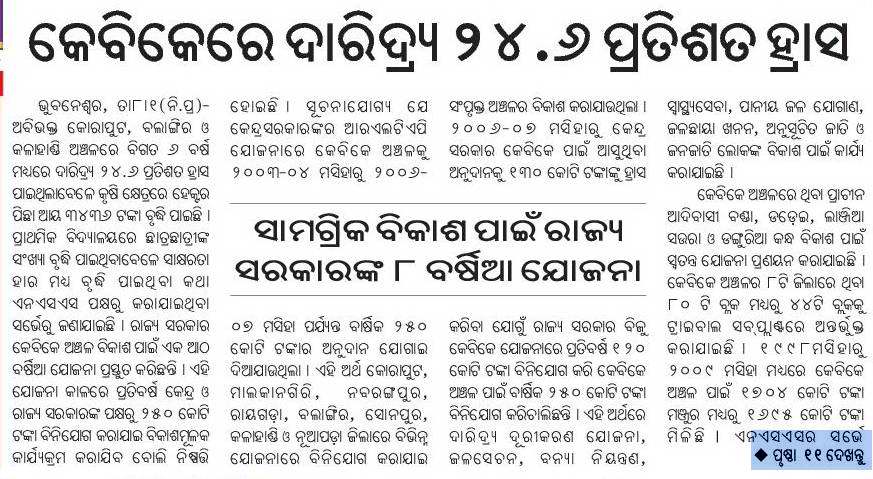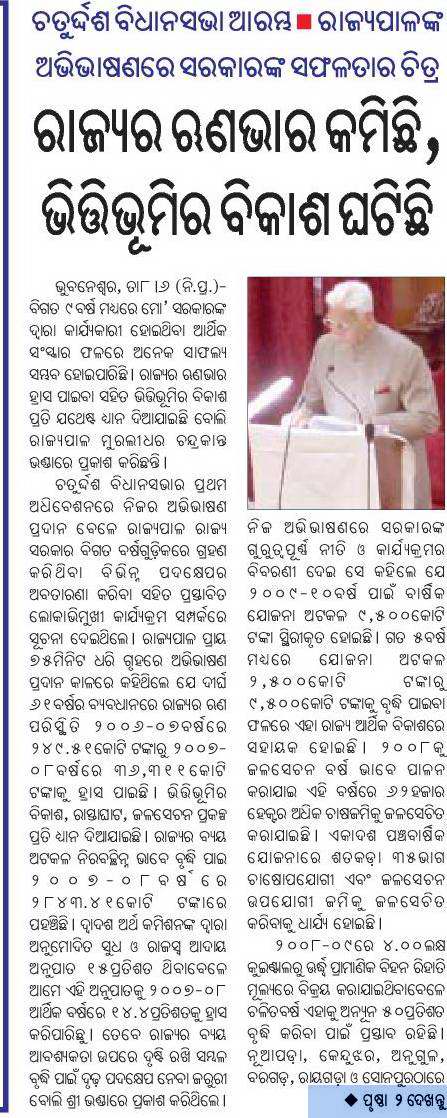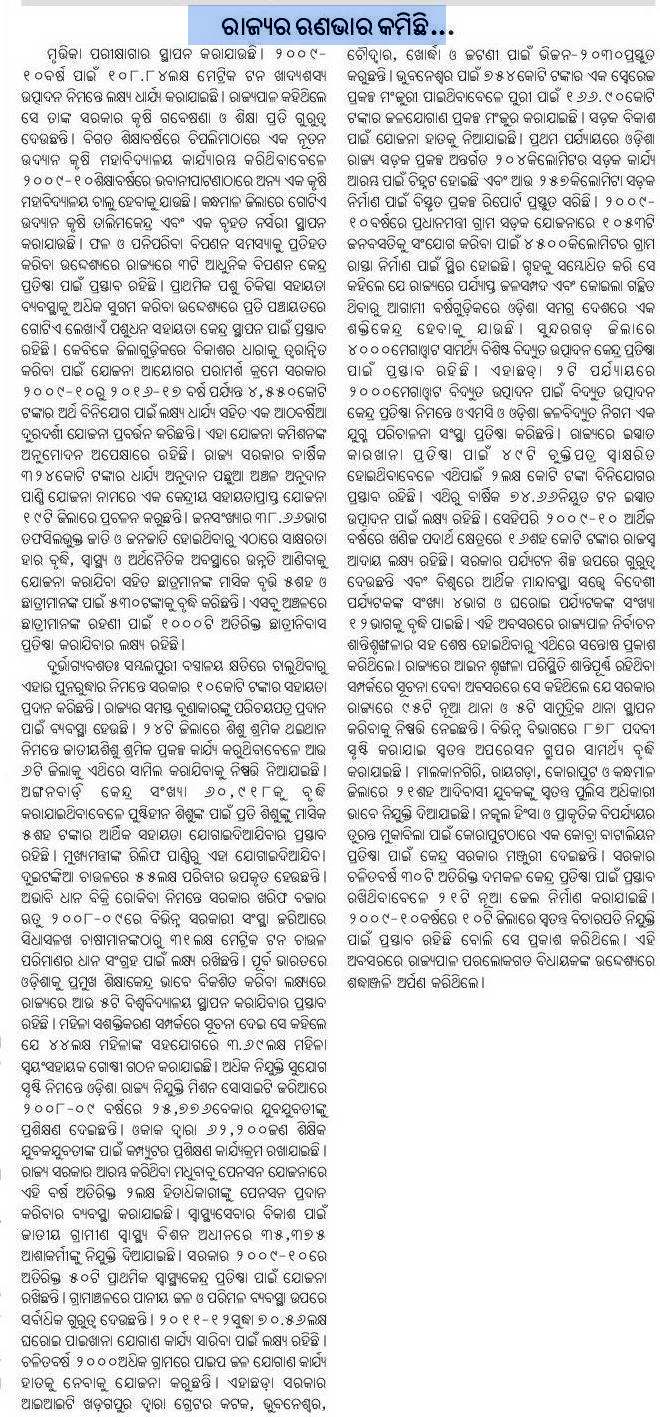With Congress and BJP down and out in Odisha splitting of BJD to two strong regional parties could be good for Odisha
Odisha Assembly, Odisha in Elections, Odisha MLAs, Odisha MPs, State of the state 6 Comments »The Congress party in India is a party where the Gandhi family (especially, Sonia and Rahul) have too much power without much responsibility and that has been the major reason the UPA 2 government has floundered in many ways. Commenting on one such aspect, the indecisiveness of UPA2, Shekhar Gupta wrote: "The inherently indecisive style of this establishment is compounded by the fact that its administrative and political authority is so scattered — so scattered, in fact, that the buck has to make a dozen halts en route, like a DTC bus, before it finally stops with somebody."
Alternatively, the BJP refuses to atone and clean up its tainted image and is yet to apologize for the Gujarat events in 2002 (unlike Congress which has apologized for the 1984 Sikh massacre in Delhi) and continues to stand behind Narendra Modi.
Fortunately, people in Odisha don’t like either and both Congress and BJP are down and out in Odisha.
As a result BJD and Naveen Patnaik have been governing Odisha for the last 12 years and in some sense going stronger. However, there have been many major shortcomings.
- BJD has been in the opposition in the central government for the last 8 years and Odisha has had very little representation in the central government.
- Without a strong and credible opposition the Odisha government has been complacent in many spheres. They have done better than the previous governments but there has been a lot of missed opportunities.
- The current government really has only one minister with influence, which is the CM. The other ministers seem to be only for show and have no real decision making power.
The first two shortcomings can be addressed if BJD splits to two "strong" regional parties that can relegate the national parties of Congress and BJP to 3rd and 4th position in the state.
That way at any time one of the regional parties can team up with the coalition that runs the government at the center and make the case for Odisha from within the central govt. This would be better than what happened in the last 8 years where there has been zero (initial days of UPA 1) or only one minister in the central government from Odisha, and ZERO representation from Odisha in the central cabinet.
Tamil Nadu with DMK and AIDMK as the leading regional parties is a good example of regional parties having strong influence in the center. One or the other has been an ally of the center for a long time.
UP with SP and BSP as number 1 and 2 is somewhat similar though neither are part of the central government. But they extend support to the central government. Because of that SP now has strong influence on the government. Moreover, Ajit Singh from another small party is in the cabinet as the minister for Civil Aviation.
If one considers the CPI(M) in West Bengal to be a regional party (which it almost is) then West Bengal with TMC and CPI(M) relegate Congress and BJP out of the top 2. They have benefited by this approach as CPIM from West Bengal had a huge say in UPA1 (until the end) and TMC has 5-6 ministers in the current central government.
In Maharashtra the regional parties of NCP and Shiv Sena partner with Congress and BJP and thus lookout for Maharashtra’s interest.
The third shortcoming can also be addressed by the split in that the parties resulting from the split will provide opportunity for new emerging leaders and intellectuals to be part of these parties and force the BJD-Naveen to decentralize power.
In conclusion, it may be good for Odisha if BJD splits to two "strong" regional parties that can relegate the national parties of Congress and BJP to 3rd and 4th position in the state.

.jpg)


